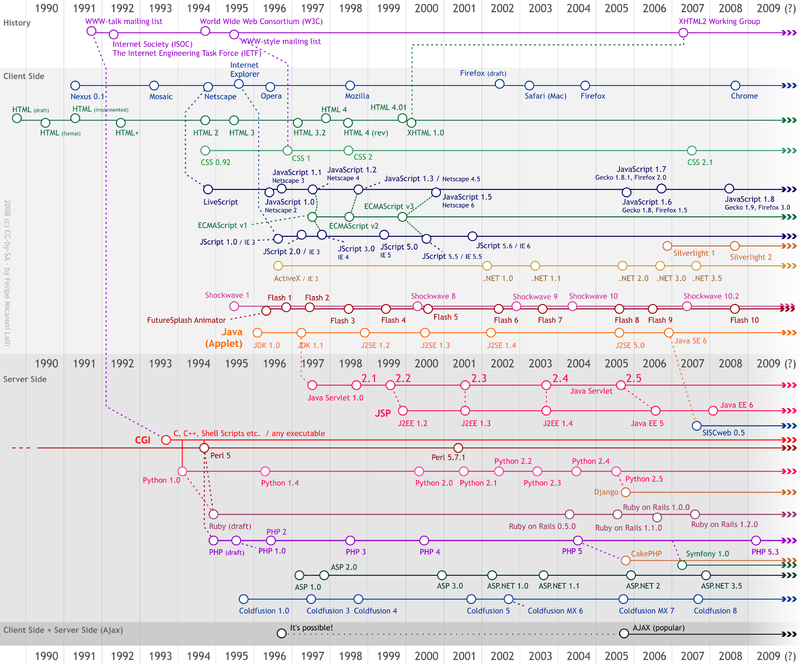Advance CSS
- CSS Grid Layout
- Responsive Web Design
- CSS Preprocessors
- CSS Custom Properties (Variables)
- Animations and Transitions
- Advanced Selectors and Pseudo-classes
- CSS Architecture and Methodologies
- CSS Transforms and 3D Effects
- CSS Filters and Blend Modes
- Web Fonts and Icon Fonts
- Accessibility and Inclusive Design
CSS Grid Layout
Introduction to CSS Grid Layout

Development of a website for the Internet.
CSS Grid Layout, often simply referred to as CSS Grid, is a powerful layout system that allows for the creation of complex two-dimensional layouts—rows and columns—using CSS. It's a significant improvement over previous layout methods and provides developers with greater control over their designs.
Understanding the CSS Grid Layout
CSS Grid Layout is a two-dimensional system, meaning it can handle both columns and rows simultaneously, unlike flexbox which is largely a one-dimensional system. This makes it perfect for laying out elements in two dimensions—along both the horizontal and vertical axes.
Difference Between CSS Grid and Other Layout Methods
Before CSS Grid, developers had to use a combination of floats, positioning, display table, and various hacks to create layouts, which often led to fragile and convoluted code. Flexbox improved this situation, but it's primarily a one-dimensional system, meaning it's great for laying out items in a single row or a single column.
CSS Grid, on the other hand, is designed for two-dimensional layouts. It allows you to work with rows and columns simultaneously, making it much easier to create complex layouts. It's also worth noting that CSS Grid and Flexbox are not mutually exclusive; they can and often are used together in a layout.
Basic Terminology
Before diving deeper into CSS Grid, it's important to understand some basic terminology:
-
Grid Container: The element on which
display: gridis applied. It's the direct parent of all the grid items. In other words, it's the container of the grid. -
Grid Item: The children (i.e., direct descendants) of the grid container.
-
Grid Line: The dividing lines that make up the structure of the grid. They can be vertical ("column grid lines") or horizontal ("row grid lines").
-
Grid Cell: The space between two adjacent row grid lines and two adjacent column grid lines. It's the smallest unit of the grid.
-
Grid Track: The space between two adjacent grid lines. It's a generic term for the grid cells in a row (grid row track) or a column (grid column track).
-
Grid Area: The rectangular area between four grid lines. A grid area can contain any number of grid cells.
Understanding these terms will make it easier to grasp the concepts and properties associated with CSS Grid Layout. In the next units, we'll dive deeper into how to work with rows and columns, grid gaps, grid lines, grid areas, and alignment in CSS Grid.